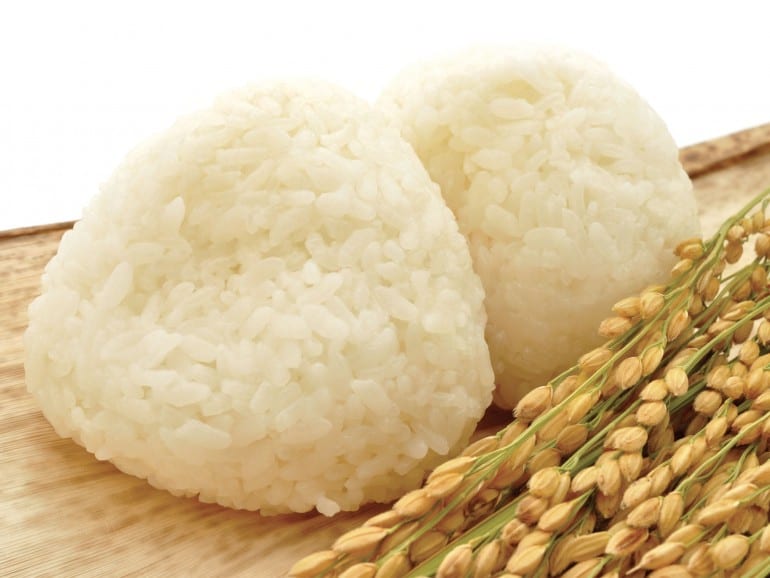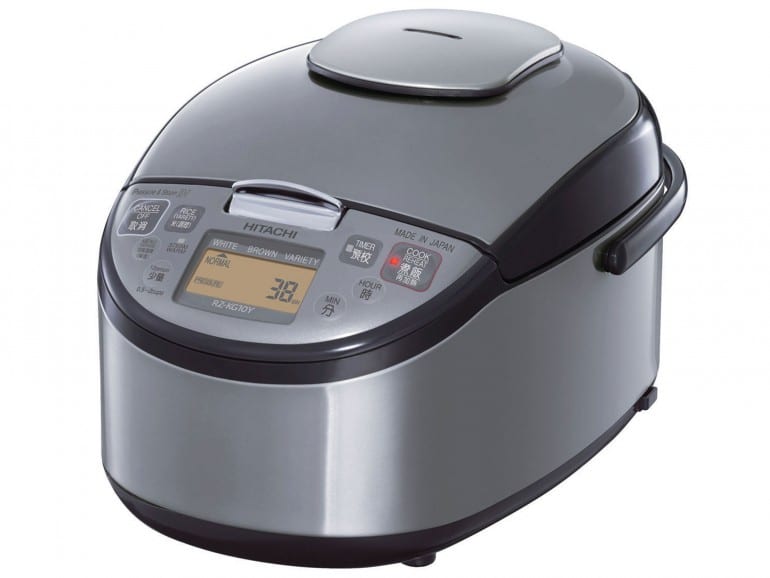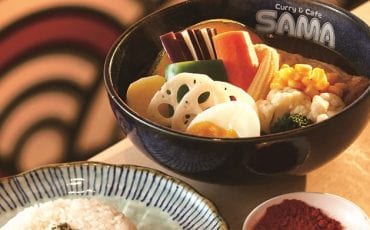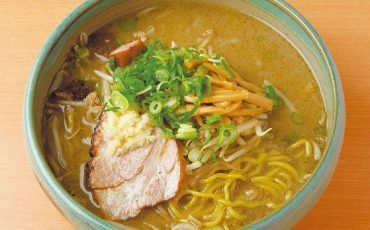Articles
Features
Apr 1, 2014
Cook a Pot of Rice
Rice Cookers 101
There’s such a wide variety of rice cookers out on the market now, so we asked Mr Yasutaka Inoue from the Home Appliance Group, Products Planning Division, Overseas Product Planning Department from Hitachi to give us a few pointers on what to look out for.

How has technology for rice cookers changed through the years?
The first types of rice cookers used a rather simple mechanism, which heated up the inner pot to a set temperature. Once that temperature was reached, it switched to ‘Keep Warm’ mode. That then moved on to rice cookers that had ‘fuzzy logic’. This type of rice cooker could automatically control temperate and time for the cooking to start, and also the heating and steaming process, depending on the surrounding environment. This is also the time that the timer function and other cooking modes first appeared.
Now, you’ll find rice cookers that use induction heating. With the ‘fuzzy logic’ type of cookers, heat was transmitted to the inner pot and the rice inside the pot was then heated. But in the case if induction heating, the inner pot itself is heated directly, which means the temperature can be more controlled, resulting in softer, tastier rice.
What technology goes into the modern day rice cooker?
In recent years, besides the induction heating technology, you’ll also find that the cookers can now raise the inner pot atmospheric pressure and raise the cooking temperature as well. That’s alongside technology that allows the rice cooker to emit steam inside the inner pot during the steaming process to keep the temperature at an optimum, or to prevent it from becoming too dry during the ‘keep warm’ phase.
What are some of the features in Hitachi rice cookers that people might not know about?
The Hitachi rice cookers use iron for the inner pots to maximize heating efficiency, which complements the induction heating process. The thick inner pot also helps to maintain an even temperature during the cooking process, while using both pressure and steam keep the optimum temperature without burning the rice, so you’ll always have soft, moist and delicious rice.
And if steam damage is a problem in your kitchen, the Hitachi KV series actually cuts any visible steam during the cooking process. By using a mechanism to adjust the steam during the pressure stage, it keeps the steam inside without compromising on the quality of the rice being cooked. And in this instance, because there’s no
escaped steam to damage your walls or any part of your kitchen, you can place it almost anywhere that’s convenient
to you.
What are the three most important things people should look out for when choosing a rice cooker?
1. The type of rice cooker. Whether it’s a conventional type, a fuzzy logic type or an induction heating type. Induction heating is the most accurate and efficient, because it gives you the most control over how the rice is cooked, meaning you never have to second-guess how your rice is going to come out.
2. Material and thickness of the inner pot. Iron has a very high heating efficiency, especially when it comes to induction heating. The Hitachi induction heating cookers use a 3.0mm thermal sprayed iron pot for the KV series, and a 2.3mm black thick iron pot for the KG series.
3. Additional features. Features such as pressure, steam and vapor cut. The new induction heating rice cookers use pressure and steam at the same time to cook the rice, both help to maintain the optimum temperature inside the pot so you’ll never end up with burnt rice.
How should people care for their rice cookers, so that they will work efficiently?
Make sure that you keep it clean, so there’s no dirt stuck on the upper rim of the inner pot, or on the lid of the rice cooker. If there’s dirt, the steam might escape and the pressure inside the inner pot will be uneven or the temperature could be less than ideal, resulting in rice that isn’t cooked quite as nice.








